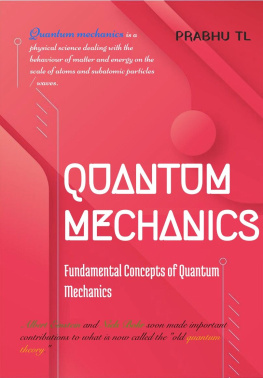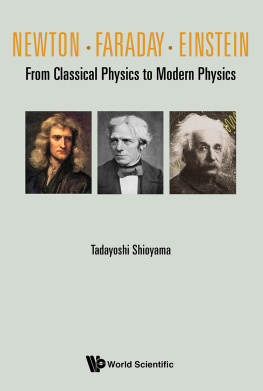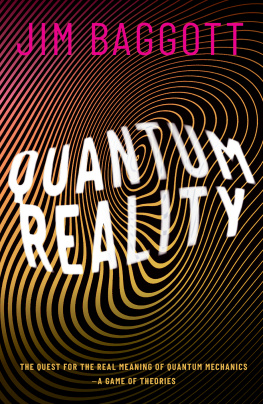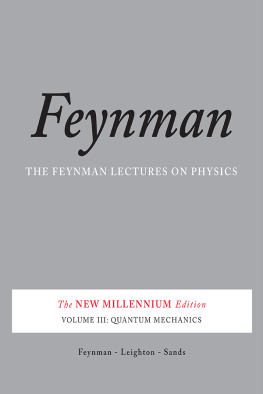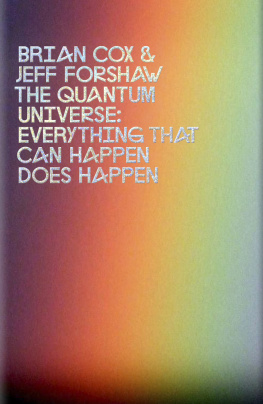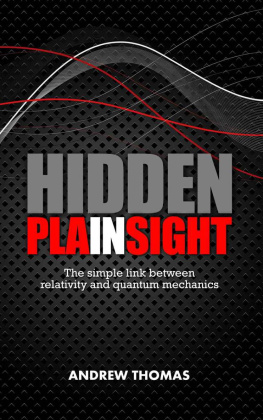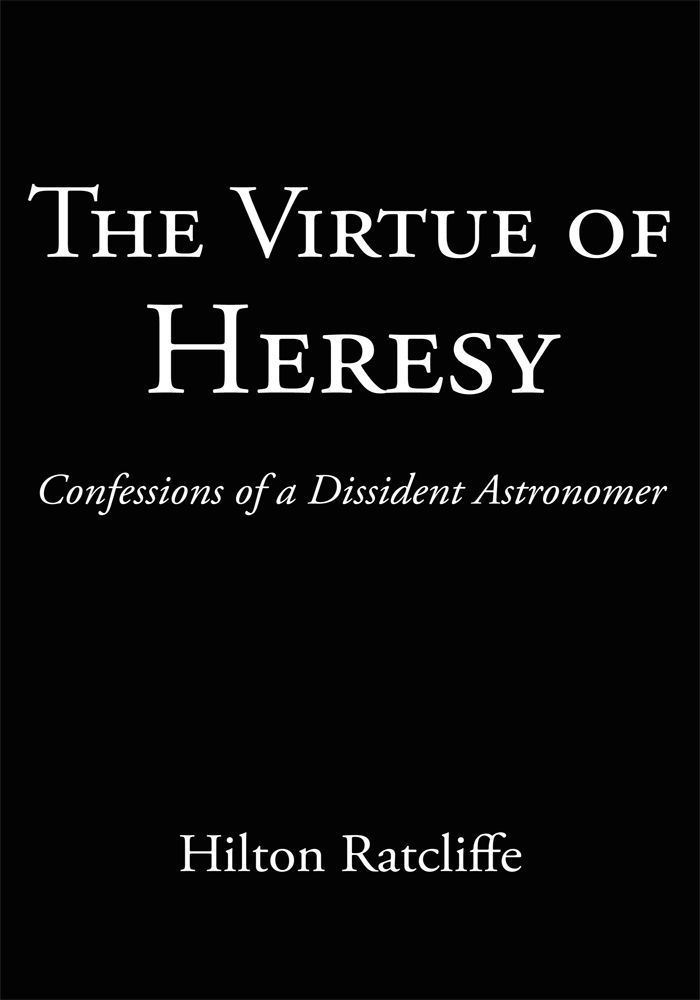The Virtue of Heresy
Confessions of a Dissident Astronomer
a daring expos of cosmologys dark secrets
Hilton Ratcliffe
AuthorHouse UK Ltd.
500 Avebury Boulevard
Central Milton Keynes, MK9 2BE
www.authorhouse.co.uk
Phone: 08001974150
2008 Hilton Ratcliffe. All rights reserved.
No part of this book may be reproduced, stored in a retrieval system, or transmitted by any means without the written permission of the author.
First published by AuthorHouse 1/2/2008
ISBN: 978-1-4343-0727-9 (sc)
ISBN: 978-1-4670-1149-5 (ebk)
Library of Congress Control Number: 2007904628
Printed in the United States of America
Bloomington, Indiana
Dedication:
This work is for all those who fearlessly declare their heresy against prevailing scientific doctrine, and especially for three of them:
Dr Halton Chip Arp
Professor Paul Marmet
I tell you that in the end, Chip, the Universe will have its say.
Sir Fred Hoyle 19 th October 2000
Contents
H aquar: In chapter one you will meet this delightful character, now so very much part of my life, as he takes me to places and events in the Universe that challenge my orthodox views. Haquar reappears in chapter ten, and once more in the epilogue; thats it. Hes not real. In the 70s, Carlos Castaneda had me, and many more like me, agonising over whether or not his shaman actually existed. Did he really meet Don Juan, a mystical, peyote-chewing Indian magician who lived in the desert and sewed the mouths of lizards shut? Carlos himself refused to be drawn on the subject, and so the mystique lives on. Well, let me be straight with you right up front. Haquar is a fictional utility that Ive used to put some ideas across in this book, no more than that. Gosh, Haquar isnt even his real name. Its a contraction of hadron and quark , and I made it up because Haquar, ever the humble space messenger, insists on remaining anonymous.
To list all of the influences, all of the people, and particularly, all of the books that carried me along this path for the last thirty years would be impossible and in any case hugely cumbersome and of little practical value. Many of my sources will be revealed as we go along, a lot will be listed in the bibliography, and if you have been reading in physics, philosophy, psychology, chemistry, mathematics, history, theology, in fact just about anything (were talking about the universe here!) you will probably recognise a lot of what you see as interpretations of classical science.
There were special influences, however, and I must mention them: Billy Kean, physicist and mathematician then at the University of Natal, waved his finger in my face and declared that any philosophy which failed to account for the stark reality of infinity was a waste of time; Robert Ardrey, a behaviourist of extraordinary vision and understanding showed me that we are all chemically instructed voyagers; Gary Zukav led by example and made me unafraid to interpret physics-speak; and Van Morrisons music filled many lonely hours of waiting for creative inspiration.
Of course, there was that defining moment when Dr Tom Van Flandern, who didnt know me from Adam, turned to me and said, And what about you? Youre standing there quietlywhat do you think? Thank you, Tom, not only for considering my opinion worthy of vocalization, but also for seeking it out when I had obviously contented myself just to listen.
Two physical scientists of international repute went through the manuscript at high resolution and prompted me to make many technical and conceptual revisions, which I must say have significantly improved the flow and sense of the book. I dont mean to imply that either Professor Anthony Bray (solid state physics) or Professor Oliver Manuel (nuclear chemistry), or for that matter anyone else appreciatively named here for their assistance, necessarily endorse any or all of my controversial views. I wish only to emphasise that their guidance was the imperative that drove this work to completion. Special thanks go also to physics professors Paul Jackson and Frank Potter, who, wizened by years at the rock face and tempered by dealing endlessly with scientifically incontinent puppies like me, paid me the most precious of compliments by patiently urging me to re-examine the imperfections of my work. They too drove me forward. Still not satisfied, we threw into the mix mechanical engineer John Perrier and professor of aeronautical engineering Maitland Reid. Their job was to make sure the book would fly, given that bumble bees, so I am assured, most certainly cannot. Then there were the people who gave so much of their time to discuss myriad facets of science and philosophy with me, so many that Im bound to leave some out. In no particular order, they are: Fred Ratcliffe, Bevan Ratcliffe, Monty van Staden, Ian Hooper, Les Nutting, Dr Jack Hickman, Dr Karen Perreira-York, Dr Halton Arp, Dr Paul Marmet, Eric Lerner, Dr Don Scott, Dr Eugene Savov, Dr Jose Almeida, Dr Yurij Baryshev, Tom Andrews, Dr Huseyin Yilmaz, Dr Carroll Alley, Dr Hal Puthoff, Dr Dennis Engel, Jackie Mortlock, Ailsa Moffat, Michael Stapleton, Margie Jameson, Venie Moodley, Bob Ochs, and Belinda Gordon. Finally, I send my salutations and homage beyond the grave to Sir Fred Hoyle, mentor in absentia.
I am led in my endeavours by the following:
Firstly, I am not going to drown this book in the mire of political correctness. I will use the terms Man and Mankind to refer to members of the species Homo sapiens of either gender; I will follow convention and keep God masculine and spell His name with a capital letter; and so on.
Secondly, I am working on the assumption that clarity is of the essence, and that there is no need here to be overly complex or technical. I make liberal use of endnotes to expand slightly on aspects of the text. Endnotes will cover some areas in more detail for those with a scientific bent, or allow me to add an aside, but they are optional reading. Their omission by the reader will not materially affect the flow of the story. Bold type in endnotes refers to specific text on the relevant page. Numbering follows the American conventiona billion is a thousand times a million, etc., commas delimit thousands, and integers are separated from decimals by a point. Quantities expressed scientifically use metric (decimal) units of measure. The Systeme International (SI) conventions are followed where applicable. Sometimes (just being user-friendly!), I swap between metric and imperial measures, so you will find terms like mile, pound, and gallon sprinkled around the text. These are used in a relaxed context, and are not part of serious calculations. Very large and extremely small numbers are often represented exponentially, for example one billion can be shown as 10 and one divided by a thousand as 10 -3 . A convenient way of writing the reciprocal of n is n -1 . Apart from that, I hope I have managed to avoid any rigorous mathematical expressions!
Thirdly, No Hocus-Pocus. I am not going to encourage literal belief in goblins, demons, telekinesis, flying saucers, extra-sensory perception, miracles, Atlantis, Santa Claus, the tooth fairy, a global conspiracy, or any other mythical, mystical, magical, or supernatural phenomenon. Im hoping that my enquiry will be completely transparent, and not shrouded in the least by contrived mystery. We really dont need to invent answers.


